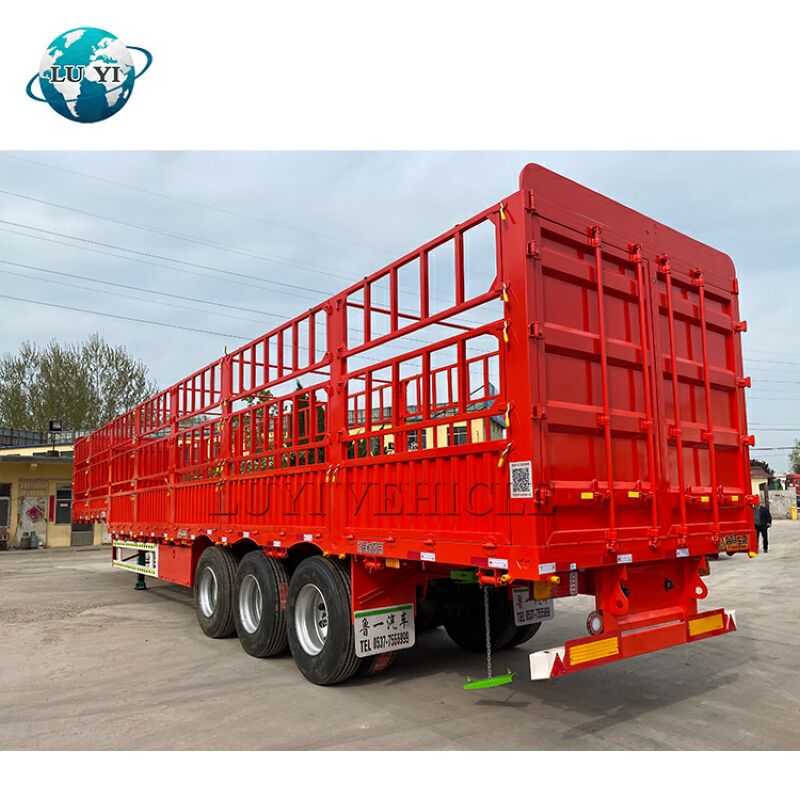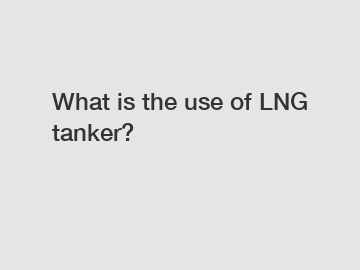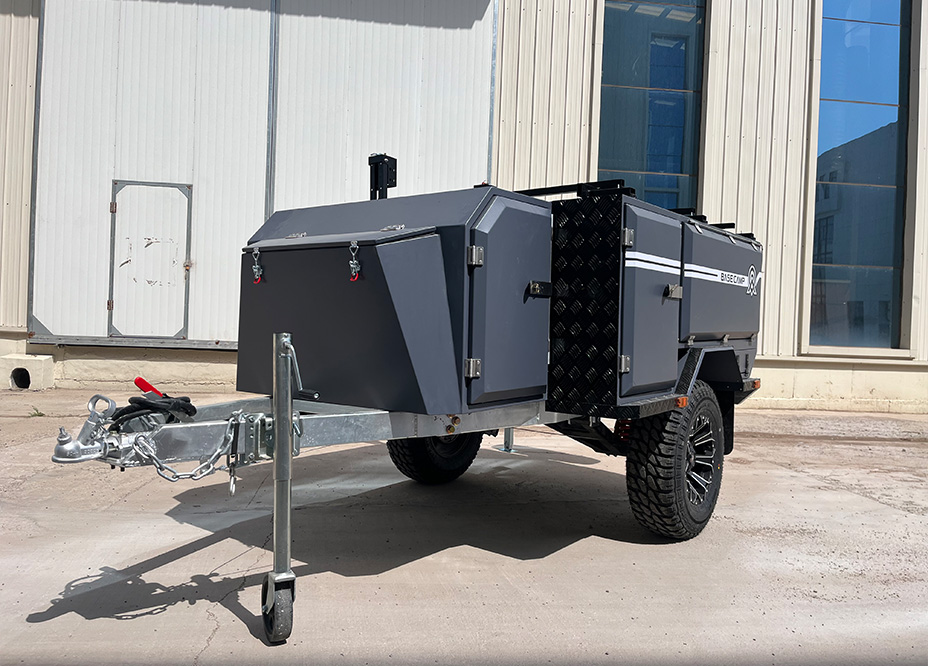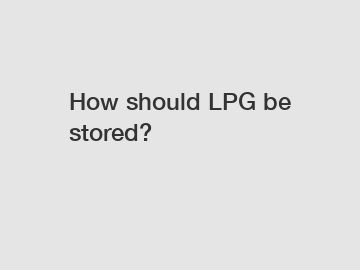Safety Procedures for LPG Forklifts
Welcome to our comprehensive guide on safety procedures for LPG forklifts. At JINAN HULK MACHINERY, safety is our top priority, and we believe in providing you with the most accurate and detailed information to ensure the safe operation of LPG forklifts.
What is an LPG Forklift?
Before we delve into the safety procedures, let's briefly understand what an LPG forklift is. LPG stands for liquefied petroleum gas, a popular fuel choice for forklifts due to its clean-burning properties and high energy content. LPG forklifts are commonly used in various industries for material handling and warehouse operations.
Training and Certification
Operating an LPG forklift requires proper training and certification. It is crucial that operators undergo comprehensive training to understand the equipment's functions, potential hazards, and safety protocols. Certification is typically obtained through accredited training programs that cover theoretical knowledge and practical hands-on training.
Pre-Operation Inspection
Prior to each use, it is essential to conduct a thorough pre-operation inspection of the LPG forklift. This inspection ensures that the equipment is in good working condition and safe to use. Here are the key steps for the inspection:
Check the Controls: Ensure that all controls, including brakes, steering, and hydraulics, are functioning correctly.
Inspect the Tires: Check for any damage or excessive wear on the tires. Inadequate tire maintenance can lead to accidents and decreased stability.
Inspect for Leaks: Examine the forklift for any signs of LPG, oil, or hydraulic fluid leaks. Leaks can be hazardous and should be addressed immediately.
Battery and Charging: If the forklift is electrically powered, check the battery charge and connections.
Forks and Attachments: Inspect the forks and any attachments for cracks or other damage. Damaged forks can result in load instability.
Safety Devices: Ensure all safety devices, such as lights, horns, and alarms, are functional.
LPG Handling and Storage
Safe handling and storage of LPG are critical to prevent accidents and potential hazards. Follow these guidelines:
Cylinder Storage: LPG cylinders should be stored in well-ventilated areas away from heat sources and ignition points.
Secure Cylinders: Properly secure LPG cylinders in an upright position to prevent tipping.
No Smoking Zone: Prohibit smoking in areas where LPG cylinders are stored or handled.
Handling Cylinders: When handling LPG cylinders, use appropriate gloves and ensure proper lifting techniques.
Leak Detection: Use leak detection solutions to identify potential leaks in LPG cylinders or connectors.
Operating LPG Forklifts
When operating an LPG forklift, it's crucial to follow these safety procedures:
Seatbelt Usage: Always wear the seatbelt while operating the forklift to prevent ejection in case of a collision.
Stability and Load Capacity: Be aware of the forklift's stability and never exceed its designated load capacity.
Speed Limits: Adhere to designated speed limits within the workplace to prevent accidents.
Clear Visibility: Ensure clear visibility of the path and load while operating the forklift.
Pedestrian Safety: Be cautious of pedestrians and other personnel in the vicinity.
Refueling and Battery Handling
Refueling an LPG forklift requires specific safety measures to prevent accidents:
Switch off the Forklift: Turn off the forklift's engine before refueling.
No Open Flames: Refuel LPG in designated areas away from open flames or ignition sources.
Proper Connectors: Use only approved connectors and follow the manufacturer's refueling guidelines.
Battery Handling: If using electric forklifts, follow safety guidelines for battery handling, including charging and maintenance.
Emergency Procedures
Even with the utmost precautions, emergencies can still occur. It is essential to have well-defined emergency procedures in place, including:
Fire Safety: In case of an LPG-related fire, use appropriate fire extinguishing equipment and know the location of fire exits.
Evacuation Plan: Establish an evacuation plan for the workplace and conduct regular drills.
First Aid: Train operators and personnel in basic first aid procedures.
Regular Maintenance and Inspections
Regular maintenance and inspections are critical to ensure the ongoing safety and optimal performance of LPG forklifts. Create a maintenance schedule that includes checks for:
Fluid Levels: Regularly inspect and replace fluids such as engine oil and hydraulic fluid.
Filter Cleaning: Clean or replace air filters to maintain proper engine performance.
Battery Maintenance: If using electric forklifts, follow the manufacturer's guidelines for battery maintenance.
Brake Inspection: Regularly inspect and service the forklift's brakes for optimal performance.
Conclusion
In conclusion, the safety procedures outlined in this article are essential for the safe and efficient operation of LPG forklifts. Proper training, pre-operation inspections, safe handling of LPG, and adherence to operating guidelines can significantly reduce the risk of accidents and injuries.
Remember, safety should always be the top priority when operating any heavy machinery, including LPG forklifts. By following these guidelines and ensuring regular maintenance, you can create a secure work environment for all personnel.
Related Articles










Comments